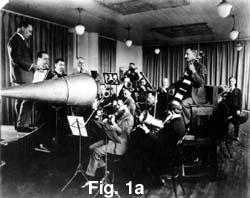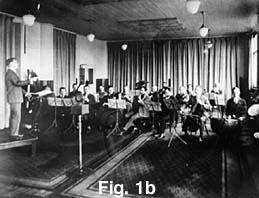 |  |
 |  |
diagram from Olson 1976 | #48936 from AT&T Archives |
diagram from Olson 1977 | from NMAH | from "Dawn of Sound" exhibit |
from Neumann History | from Neumann History | from Neumann History |
diagram from Olson 1977 | from Fagen 1975 | diagram from Olson 1977 |
diagram from Olson 1977 | from Judy McDonald |
diagram from Olson 1977 | diagram from Olson 1976 |
diagram from Olson 1976 | from NMAH |
diagram from Olson 1977 | diagram from Olson 1976 |